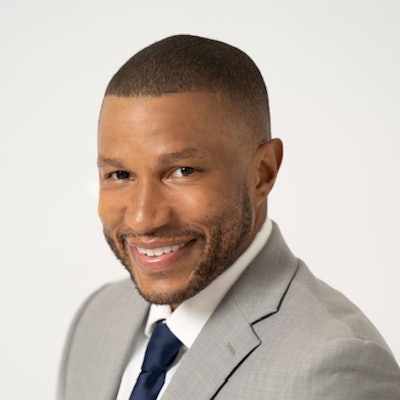For close to a year, I have been strategizing and working with Randy Raymond, a software engineer at Google, to make access to computer science education the new “Space Race” and create models that schools can scale to deliver instruction to students. We believe that this movement can be expanded and go a long way towards increasing diversity in fields like engineering and computing. A report from the Pew Research Center found that “Black and Hispanic adults are underrepresented among STEM college graduates compared with their share in the population, and a smaller share are earning degrees in a STEM field than in other degree programs.”
We have visited schools in South Florida and met with administrators, teachers, and students to assess current levels of computer science access and instruction and to find ways to add value to present academic programming. We sought to combine Randy’s knowledge of computer science from an academic perspective and its practical application in the economy with my experience facilitating many partnerships between K-12 schools, higher education institutions, corporations, and non-profit entities.  Dr. Marcus Bright
Dr. Marcus Bright
Randy had early access to a computational thinking assessment that has been shown to have a significant level of predictive ability as it pertains to identifying students who are naturally inclined to perform well in computer-science oriented activities. We drew parallels between the assessment and the way that young basketball and football players are evaluated at early ages and put into infrastructures and systems where their talent can be nurtured and developed.
We want to create a parallel system of development for computer science and other fields. The aim is not to segregate those who score well on the assessment to the exclusion of others but rather to bring more students into an advanced level of exposure and training in addition to those who are already interested in the space and want to pursue computer science and other tech related areas.
In the systems that we are endeavoring to create, everyone has an opportunity to play just like in basketball for example. Some people play pick-up basketball, some play in intramural games, some play on the freshman team, some play on the junior varsity team, some play on the varsity team, some are starters for the varsity team, some also play for an Amateur Athletic Union (AAU) team, some play AAU on one of the top circuits like Nike EYBL, and some play in top EYBL tournaments like the Peach Jam among other settings.
We will begin piloting the initial stage of this concept at a South Florida area middle school during the Spring 2023 semester. The school has an existing science, technology, engineering, and mathematics (S.T.E.M.) magnet program where half of the students in the pilot will come from. The other half will come from the general student population.





















